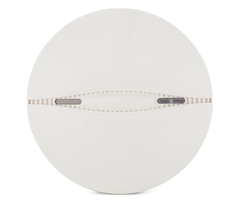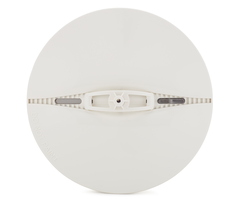Alarm Grid Video Recap: October 2nd - 4th
Posted By Michael GorisHi DIYers! We're here for our video recap. We only have three (3) new videos this week, but they all follow a theme. They all feature Joe discussing the PowerG Smoke Detectors. You can use them with any PowerG compatible panel, and they offer one-go-all-go technology! They are nice devices!

Additionally, if you haven't seen our blog about the new DSC PG9936 Smoke and Heat Detector, make sure you take a look. Now, onto the videos!
Properly Testing a PowerG Smoke Detector
Joe shows you how to test a PowerG Smoke Detector. This is something you should do regularly, and you may have to perform this test to get a certificate of alarm (CoA). The PowerG Smoke Detectors have a test button so you can easily test transmissions with the panel. If you want to test the device for smoke detection, then you will need canned smoke. Make sure to put your system on test mode before testing!
Enrolling a PowerG Smoke Detector In a Qolsys IQ Panel 2 Plus
Joe shows you how to enroll a PowerG Smoke Detector with a Qolsys IQ Panel 2 Plus System. All versions of the Qolsys IQ Panel 2 Plus include a PowerG daughtercard for supporting PowerG Sensors. PowerG Smoke Detectors can be auto-enrolled with an IQ Panel 2 Plus System by putting the panel into its auto-enrollment mode and then holding down the device's enrollment button until the LED light remains steady. However, the new PG9936 can be auto-enrolled by powering the device on while the panel is in enrollment mode.

Factory Defaulting a PowerG Sensor
Joe shows you how to factory default a PowerG Smoke Detector. These same steps apply to almost any PowerG Sensor. The PowerG devices use 128-bit AES encryption in all their wireless communication. This requires linking the PowerG Sensor with a compatible panel. When you delete the sensor from the panel, the sensor will still think that it is enrolled with the panel. You need to perform a factory default on the PowerG Sensor so that it knows that it is no longer enrolled.



